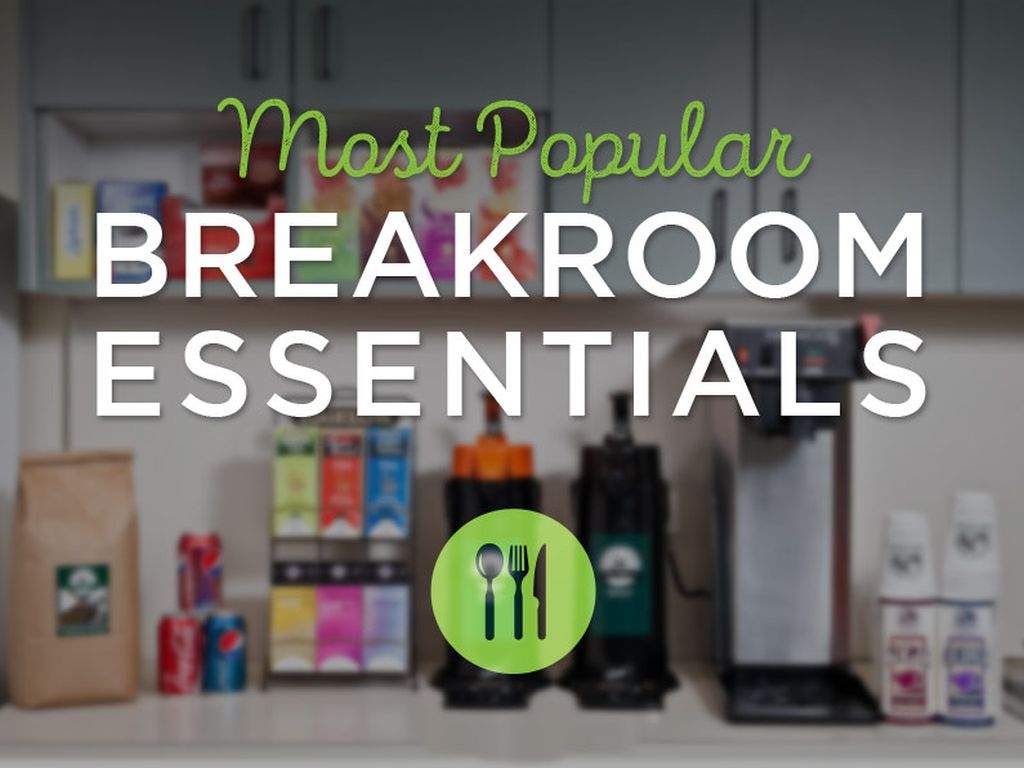
How the $12.5b office supplies market is being disrupted
1 March 2019
Penfold Research’s latest Office & Work Supplies Report highlights a major shift in the industry’s dynamics.
Key points from the Office & Work Supplies in Australia 2018-2020 – A Market Report
• Broad office/work supplies market valued at $12.5 billion.
• Non-core (adjacent) categories now larger than core office products.
• The decline in traditional (core) office products is accelerating.
• The answer lies in new categories/channels/segments – particularly ‘non-core.’
• Officeworks leads player performance on almost every dimension.
• Competitive pressure has eased via consolidation – but energetic adaption is still crucial.
• Non-core (adjacent) categories now larger than core office products.
• The decline in traditional (core) office products is accelerating.
• The answer lies in new categories/channels/segments – particularly ‘non-core.’
• Officeworks leads player performance on almost every dimension.
• Competitive pressure has eased via consolidation – but energetic adaption is still crucial.
A new research study by Penfold Research reveals while there is a wave of challenges facing market operators, there is also a relatively clear strategic path ahead.
Recent consolidation between major players has carved out some temporary breathing room and operators need to utilise this to accelerate their expansion into new areas.
The business sector is providing the most robust demand – most particularly for non-core work supplies.
The Australian office & work supplies (OWS) market (i.e. core & non-core categories is valued at $12.5 billion in 2018. For the first time the non-core sector ($6.4 billion) exceeds the size of the traditional core sector ($6.1 billion).
Market growth is slowing – it was 1.2 per cent in 2018, pulled down by accelerating declines in ‘core’ office products (-2 per cent in 2018). Penfold Research expects this slowing trend to gain further momentum in the next few years.
“Fortunately, there is a vast and developing trove of product categories, beyond traditional office products, that are growing healthily and are widely purchased by the same customers. These include seven ‘non-core’ product and we believe OWS operators are well positioned to expand into these areas based on their intrinsic strengths,” Andrew Penfold said.
“While diversification is not necessarily easy, the biggest risk is not addressing the issue early or energetically enough, before the window of opportunity closes,” he said.
Market conditions
According to more than 100 dealers/retailers surveyed, market conditions around mid-2018 were stable and mildly buoyant. Their average rating of 53.7 out of 100, implies the trading environment is slightly better than normal (i.e. 50).
Some of the patterns of change identified in the research are as follows:
• Significant consolidation across all sectors (dealers/retailers, wholesalers & suppliers). We expect this activity to continue and extend to operators in adjacent (non-core) categories.
• An acceleration in online purchasing, at the expense of store visits.
• Customers increasingly choosing their dealer/retailer based on being ‘efficient and reliable.’
• Increased sales ‘leakage’ from major dealers/retailers. Customers are increasingly selectively using secondary suppliers for specific category purchases. We believe this is aided by the ease, transparency & availability of online purchasing options.
• Corporate Social Responsibility (CSR) is here and it’s important. Virtually all operators now need to be conscious and attentive to CSR or risk being demonised.
• An increased focus on ‘product quality’ when customers select brands (although price and value also remain very important).
• Private label brands have accelerated in the last two years, driven by dealers/retailers.
• Green products – are not on the radar of most OWS purchasers. Our data indicates little to no progress in either the consumption or preference for green office/work supplies.
• An acceleration in online purchasing, at the expense of store visits.
• Customers increasingly choosing their dealer/retailer based on being ‘efficient and reliable.’
• Increased sales ‘leakage’ from major dealers/retailers. Customers are increasingly selectively using secondary suppliers for specific category purchases. We believe this is aided by the ease, transparency & availability of online purchasing options.
• Corporate Social Responsibility (CSR) is here and it’s important. Virtually all operators now need to be conscious and attentive to CSR or risk being demonised.
• An increased focus on ‘product quality’ when customers select brands (although price and value also remain very important).
• Private label brands have accelerated in the last two years, driven by dealers/retailers.
• Green products – are not on the radar of most OWS purchasers. Our data indicates little to no progress in either the consumption or preference for green office/work supplies.
Product categories and brands
Of the nine core categories only one recorded positive growth in 2018 – i.e. art & craft (5.9 per cent).
By contrast six of the seven non-core categories managed positive growth.
The best of these were (in order); furniture, workwear/safety, cleaning/janitorial and kitchen supplies.
The worst growth, across all 16 categories in 2018 were business machines, paper and labels and mailroom – which all declined in mid-single digit percentages.
For the first time Officeworks was the most recognised brand in terms of unprompted consumer awareness – putting it ahead of iconic product-based brands such as Reflex, Bic and Staedtler.
The survey results confirm customers are increasingly shifting their focus (and awareness) from product-based brands to simply their dealers/retailers name. We believe a large part of this trend stems from the increase in private ‘own’ label brands.
The largest decline in unprompted brand awareness in this survey has been among OEM printer brands, such as Fuji Xerox, HP, Canon and Brother.
Top OWS brands recalled by consumers (unprompted):
• Officeworks
• Bic
• Reflex
• Staedtler
• Papermate
• Kmart
• Staples
• Hewlett Packard
• Artline
• Canon
• OfficeMax
• J Burrows
• Marbig
• Sharpie
• Bic
• Reflex
• Staedtler
• Papermate
• Kmart
• Staples
• Hewlett Packard
• Artline
• Canon
• OfficeMax
• J Burrows
• Marbig
• Sharpie
Opportunity areas
There are numerous areas of growth and opportunity across the large, multi-faceted OWS market as outlined in the full research report.
Generally, any products (particularly in the non-core sector), offering a specific user-benefit in terms of either health/wellbeing, hygiene, safety or work productivity are doing well.
Creativity-oriented products (including but not confined to art/craft supplies) are also growing healthily. Likewise, selected education-oriented products, particularly items used in early learning and primary schools. Lastly, product versions specifically designed for specialist user groups/segments/industries.
Dealers and retailers
Recent consolidations - of Winc and OfficeMax as well as COS and Lyreco, together with less conspicuous buy-outs between independent dealers, have eased competitive pressures for now.
However, Penfold believes this situation under-estimates the rising and imminent competition from external sources; in online players (Amazon is just one) as well as other non-OP specialists.
“In some sense, there are more looming dangers than commonly recognised. Core declines are accelerating, consumer sentiment is fragile and there are clouds over the economic outlook - plus online usage is approaching a tipping point,” he said.
“The key competencies of OWS dealers/retailers revolve around efficiently aggregating and distributing, high volume, non-technical, durable, repeat purchases.
“These operators need to strategically leverage their competencies as quickly as possible, via diversification into new categories, channels and segments. Although most players have been making healthy gains in the non-core categories, we believe their rate of advancement can and needs to be notably higher,” he said.
About the research
The report entitled “Office & Work Supplies in Australia, 2018-2020” is based on a survey program of over 1200 interviews, with a combination of businesses, households and office/work supplies dealers and retailers. The report is available by subscription and an outline can be requested or downloaded on our website as listed below.
* Under Penfold’s broad definition ‘office & work supplies’ (OWS) includes:
a. ‘Core’ (traditional) office products; (i.e. writing instruments, art & craft, paper, pads & books, labels & mailroom products, technology consumables & accessories, filing & presentation, general office supplies and business machines), and
b. ‘Non-core’ work supplies; (ie kitchen supplies, cleaning/janitorial, furniture, printing services, promotional products, work wear/safety and packaging supplies).
a. ‘Core’ (traditional) office products; (i.e. writing instruments, art & craft, paper, pads & books, labels & mailroom products, technology consumables & accessories, filing & presentation, general office supplies and business machines), and
b. ‘Non-core’ work supplies; (ie kitchen supplies, cleaning/janitorial, furniture, printing services, promotional products, work wear/safety and packaging supplies).
Penfold Research
Penfold Research, based in Australia, provides operators in the office, education & work supplies sectors with information to assist with planning, decision making and strategy development.
Contact
Andrew Penfold
Telephone: +61 (02) 9337 5129
Mobile: +61 (0)419 980 971
Email: [email protected]
www.penfoldresearch
Andrew Penfold
Telephone: +61 (02) 9337 5129
Mobile: +61 (0)419 980 971
Email: [email protected]
www.penfoldresearch

